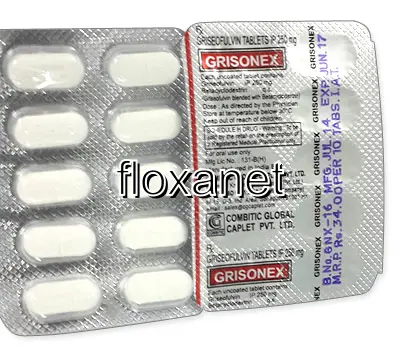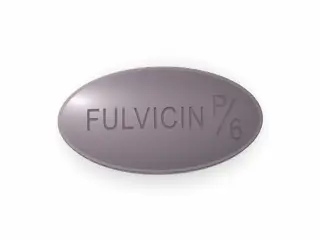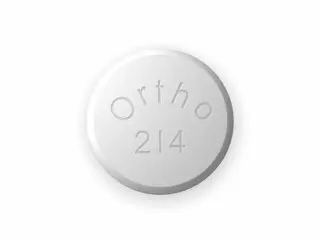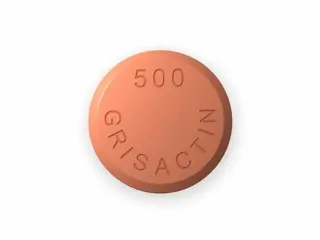Buy Griseofulvin Online in New Zealand
| Package | Dosage | Price | Price per Dose | |
|---|---|---|---|---|
| Dosage: 250mg | ||||
| 360 pill | 250mg | NZD590.58 | NZD1.64 | |
| 180 pill | 250mg | NZD313.36 | NZD1.74 | |
| 120 pill | 250mg | NZD221.75 | NZD1.86 | |
| 90 pill | 250mg | NZD183.18 | NZD2.02 | |
| 60 pill | 250mg | NZD139.79 | NZD2.34 | |
| 30 pill | 250mg | NZD79.53 | NZD2.63 | |

Griseofulvin Description
Overview of Griseofulvin
Griseofulvin is an antifungal medication widely used to treat various fungal infections of the skin, hair, and nails. It is derived from the Penicillium griseofulvum mold and has been a mainstay in dermatophyte treatment for many years. The primary action of Griseofulvin involves inhibiting fungal cell division by disrupting mitotic spindle formation, which effectively halts the growth of fungal colonies. Due to its specific targeting of dividing fungal cells, it is especially useful for treating infections that are resistant to topical therapies or where topical treatment fails to reach the infection site thoroughly.
Uses and Indications
Griseofulvin is commonly prescribed for dermatophyte infections, including tinea corporis (ringworm), tinea capitis (scalp ringworm), and tinea unguium (nail fungus). It is also employed in cases of fungal infections that involve hair shafts, where topical medications are insufficient. Patients with persistent or widespread fungal infections often benefit from systemic therapy with Griseofulvin. It offers a convenient alternative for treating infections that require long-term management, especially nail infections, which are notoriously difficult to treat topically.
Administration and Dosage
The medication is typically administered orally, with doses varying based on the severity of the infection and the patient's age and body weight. It is usually prescribed once or twice daily, taken with meals to improve absorption. Treatment duration can extend from several weeks to months, depending on the infection's location and response to therapy. It is essential for patients to adhere strictly to their healthcare provider’s instructions to ensure effective eradication of fungi and minimize the risk of relapse.
Advantages and Limitations
One significant advantage of Griseofulvin is its proven efficacy against resistant dermatophyte strains and its ability to treat infections in challenging areas like nails and scalp. Furthermore, it has a well-established safety record when used appropriately. However, it does have some limitations. The medication’s absorption can be affected by various factors, such as food intake and gastrointestinal conditions. Additionally, treatment may take several months to achieve complete clearance, especially in nail infections.
Possible Side Effects and Precautions
While generally well-tolerated, Griseofulvin can cause side effects in some individuals. Common adverse reactions include headaches, dizziness, and gastrointestinal disturbances like nausea and abdominal discomfort. Rare but serious side effects may involve allergic reactions, liver function abnormalities, or blood dyscrasias. It is crucial for patients to undergo regular monitoring during prolonged therapy. Pregnant women and individuals with liver disease are usually advised against using Griseofulvin due to potential risks to the fetus and liver toxicity.
Conclusion
Griseofulvin remains a reliable and effective option for managing stubborn dermatophyte infections. Its role in treating difficult cases of tinea capitis, corporis, and unguium is well-established. Proper use under medical supervision enhances its benefits and minimizes potential risks. Patients should follow prescribed dosages and attend regular check-ups to ensure a safe and successful treatment course.



